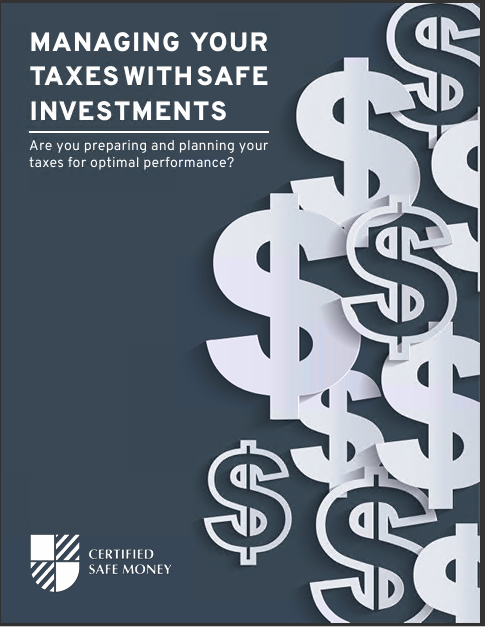1. Begin with an Individual Retirement Account (IRA)
Individual Retirement Accounts (IRAs) are undoubtedly familiar to you. Anyone with earned income (even those who don’t work but have a working spouse) is eligible to create an IRA. Traditional IRAs and Roth IRAs are the two types of IRAs, each with its benefits.
Traditional IRA
Traditional IRAs provide immediate tax relief and allow you to deduct your contributions when you file your annual tax return. The money contributed grows tax-free in the account. Distributions are taxed like ordinary income after you reach retirement age and begin using the money. It’s crucial to understand that even if you don’t use the funds in your Traditional IRA during retirement, you’ll be required to draw Required Minimum Distributions (RMDs) beginning at 72.
Limits on IRA Contributions
The contribution restrictions are the same whether you contribute to a Traditional or Roth IRA. You can contribute a maximum of $6,000 to this account for the tax year 2022. If you’re 50 or older, you can make an extra $1,000 catch-up contribution.
If you want to make the most of either IRA account while working at a startup, you should start early and save consistently.
2. Consider the Health Savings Account (HSA) in the Long Term
Contributing to an HSA is a sneaky way to enhance your retirement savings while working at a startup. While HSAs are primarily intended to cover medical bills, they can also be a significant source of income after you retire. Individuals must have a health insurance plan with a deductible of at least $1,400 in 2022 to qualify for an HSA. For families, this figure doubles to $2,800.
Because HSA payments are tax deductible, they will reduce your tax burden in the year they are made. Withdrawals for qualified healthcare costs, such as dental and eye treatment, are tax-free.
The maximum HSA contribution for 2022 is $3,650 for individuals and $7,300 for families. Those aged 55 and over can make an extra $1,000 catch-up contribution.
3. Establish a Taxable Investment Account
After you’ve exhausted your IRA or HSA (or both), another option to consider is a taxable investment account, also called a taxable brokerage account. These accounts may not provide the same tax benefits as IRAs or HSAs, but they provide a better opportunity to compound your retirement earnings than a savings account.
A taxable investment account allows you to invest as little or as much as you choose. Remember that the profits from these investments are taxed as capital gains.
Taking the Next Step on the Road to Retirement
When establishing your retirement savings while working for a startup, time is one of the most critical considerations. Time is on your side when you’re young, but it’s a good idea to consider retirement planning at an earlier age.
Contact Information:
Email: dante@credkeeper.com
Phone: 8777993433
Bio:
After spending many years studying information technology, specializing in web development, digital marketing, and search engine optimization (SEO), I enjoy applying my skills and experience in helping others achieve their goals online.
As a marketing specialist at Credkeeper, I help people get the most out of their online reputation. Your prospects perform Internet searches for your name before they buy from you. What they see on the first page of Google outweighs almost all other marketing! What do people currently see when they search your name on the Internet?
If you would like to know more about Credkeeper and what we can do for you, feel free to reach out to me!














